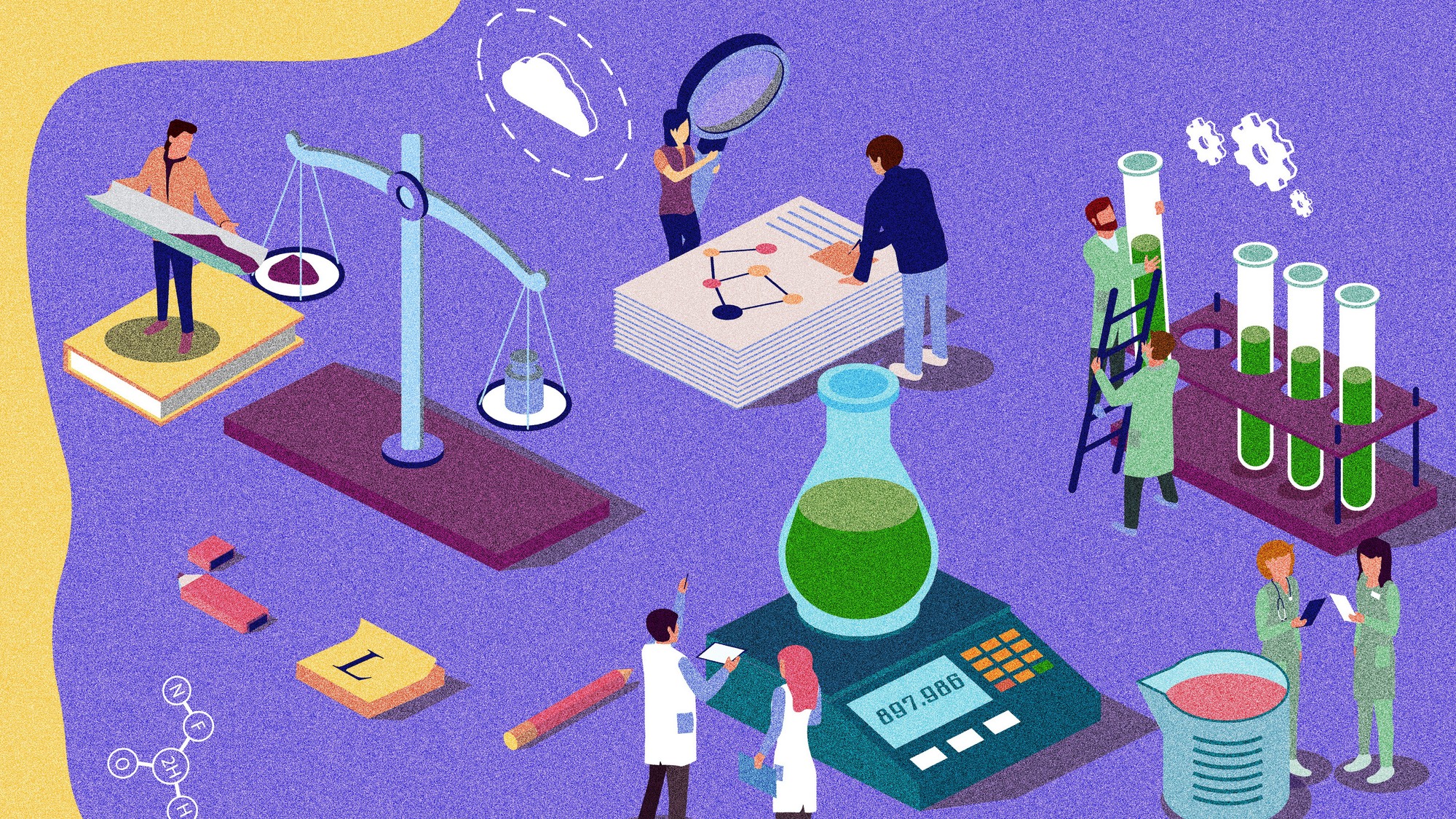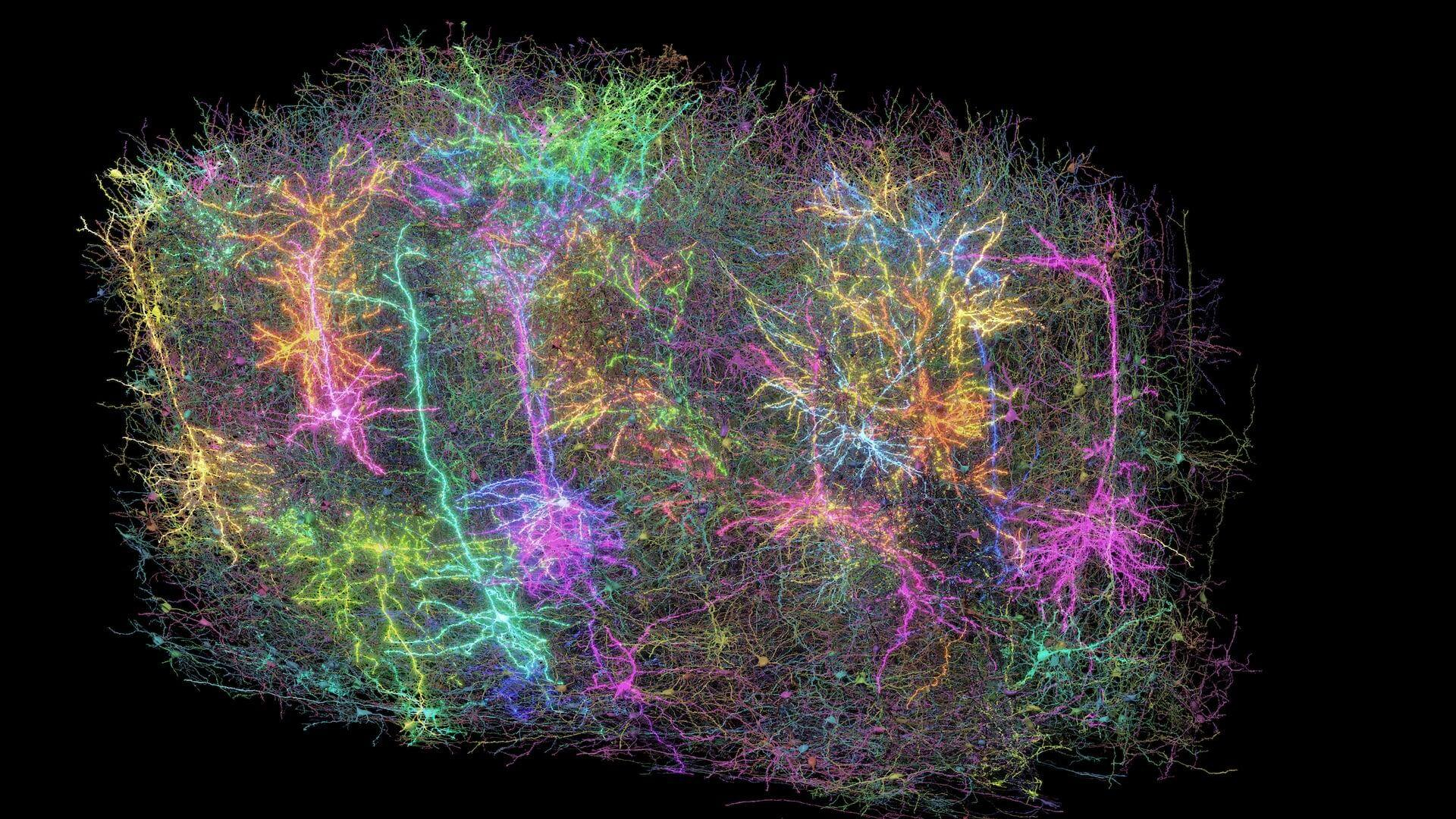Health & Science
To live long, eat lots of veggies; A moon with water; Murderous microbes; Zebras’ fly repellent
To live long, eat lots of veggies
Mom always said that fruits and vegetables are good for your health, but a new study has quantified just how good—and the results are remarkable. Tracking the self-reported eating habits of more than 65,000 people over 12 years, researchers at University College London found that those who consumed seven or more daily portions—each roughly half a cup—of fresh fruits or vegetables reduced their risk of death during the study period by 42 percent, The Washington Post reports. Consuming that same amount dropped the specific risk of dying from cancer by 25 percent, and from heart disease by 31 percent. “The size of the effect is staggering,” says researcher Oyinlola Oyebode. Even minimal consumption had a measurable impact: Eating one to three daily portions cut the risk of death by 14 percent. Fresh vegetables provided the biggest benefit, with each portion reducing overall risk of death by 16 percent. Consuming canned fruits, however, actually increased the statistical risk, likely due to the added sugar used in processing. Fruit juices had no effect at all. Researchers stressed that the findings indicate “a strong association but not necessarily a causal relationship” between eating fruits and vegetables and mortality rates.
A moon with water
The Week
Escape your echo chamber. Get the facts behind the news, plus analysis from multiple perspectives.

Sign up for The Week's Free Newsletters
From our morning news briefing to a weekly Good News Newsletter, get the best of The Week delivered directly to your inbox.
From our morning news briefing to a weekly Good News Newsletter, get the best of The Week delivered directly to your inbox.
Astro-biologists searching the heavens for extraterrestrial life have a simple motto: “Follow the water,” says The Washington Post. Water is an essential ingredient in all earthly biochemistry, so scientists believe it’s logical to look for life first on planets and moons with liquid water. New data from NASA’s Cassini spacecraft indicate that Enceladus, a tiny, ice-encrusted moon orbiting Saturn, may be home to an underground body of water roughly the size of Lake Superior. The existence of the reservoir was first suggested in 2005, when Cassini detected the moon’s south pole emitting plumes of water vapor. Further observation revealed additional factors, such as gravitational asymmetry and surface contours, indicative of a subterranean ocean. The new data also point to a rocky sea floor, where the chemical interplay between minerals and water could be a catalyst for the development of life. Cassini, which was launched in 1997, is not equipped to search for life, so Enceladus, along with one of Jupiter’s ice-covered moons, Europa, is now in the running to be the target of a future robotic space mission. “The two of them provide the highest probability of finding extant life,” says NASA astrobiologist Mary Voytek.
Murderous microbes
The largest mass extinction in Earth’s history may have been caused by some of its smallest inhabitants. New research suggests that a massive bloom of microbial bacteria 250 million years ago started a chain reaction that pumped large amounts of carbon dioxide into the atmosphere, ultimately wiping out more than 90 percent of life on Earth. Massive volcanic eruptions in Siberia were previously thought to be the source of the climate-changing CO2. But if that were the case, scientists say, the gaseous influxes would have come in large bursts and then tapered off; instead, CO2 levels rose exponentially, pointing toward a biological source. Using genetic analysis, researchers calculated that around the time of the extinctions, Methanosarcina bacteria developed two genes that enabled them to turn acetate—found in organic wastes on the ocean floor—into methane, which was then converted to carbon dioxide by other microbes. But Methanosarcina could not have thrived without a parallel surge in nickel, which fuels their growth. Analysis of sediments from China now shows that just such an increase resulted from the Siberian eruptions. “The volcano was the catalyst,” MIT biologist Gregory Fournier tells LiveScience.com, but “the much larger release of CO2 was caused biologically.”
Zebras’ fly repellent
A free daily email with the biggest news stories of the day – and the best features from TheWeek.com
Biologists since Darwin have debated this riddle: Why do zebras have stripes? A new study is now pointing to one probable answer: Flies don’t like stripes. Scientists examined several leading stripe theories—that the color contrasts keep zebras cool, attract mates, provide camouflage, or create a visual effect that confuses predators—to determine which was likeliest. Researchers looked at the stripe pattern variations in the three species of zebras, noting the thickness, location, and intensity of the markings. They then compared the species’ geographic ranges with those of tsetse flies and horseflies along with predators like lions and hyenas while mapping the distribution of forests and other environmental factors. The findings revealed that the zebras’ territories overlapped with areas where the biting flies were most active. “Again and again, there was greater striping on areas of the body in those parts of the world where there was more annoyance from biting flies,” University of California, Davis, wildlife biology professor Tim Caro tells ScienceDaily.com. Researchers noted that zebras have shorter hair than other hoofed African mammals, making them more susceptible to insect annoyance. Their next riddle: Why do stripes deter flies?
-
 5 fairly vain cartoons about Vanity Fair’s interviews with Susie Wiles
5 fairly vain cartoons about Vanity Fair’s interviews with Susie WilesCartoon Artists take on demolition derby, alcoholic personality, and more
-
 Joanna Trollope: novelist who had a No. 1 bestseller with The Rector’s Wife
Joanna Trollope: novelist who had a No. 1 bestseller with The Rector’s WifeIn the Spotlight Trollope found fame with intelligent novels about the dramas and dilemmas of modern women
-
 Codeword: December 20, 2025
Codeword: December 20, 2025The daily codeword puzzle from The Week
-
 5 recent breakthroughs in biology
5 recent breakthroughs in biologyIn depth From ancient bacteria, to modern cures, to future research
-
 Bacteria can turn plastic waste into a painkiller
Bacteria can turn plastic waste into a painkillerUnder the radar The process could be a solution to plastic pollution
-
 Scientists want to regrow human limbs. Salamanders could lead the way.
Scientists want to regrow human limbs. Salamanders could lead the way.Under the radar Humans may already have the genetic mechanism necessary
-
 Is the world losing scientific innovation?
Is the world losing scientific innovation?Today's big question New research seems to be less exciting
-
 Breakthrough gene-editing treatment saves baby
Breakthrough gene-editing treatment saves babyspeed read KJ Muldoon was healed from a rare genetic condition
-
 Humans heal much slower than other mammals
Humans heal much slower than other mammalsSpeed Read Slower healing may have been an evolutionary trade-off when we shed fur for sweat glands
-
 Scientists map miles of wiring in mouse brain
Scientists map miles of wiring in mouse brainSpeed Read Researchers have created the 'largest and most detailed wiring diagram of a mammalian brain to date,' said Nature
-
 Scientists genetically revive extinct 'dire wolves'
Scientists genetically revive extinct 'dire wolves'Speed Read A 'de-extinction' company has revived the species made popular by HBO's 'Game of Thrones'